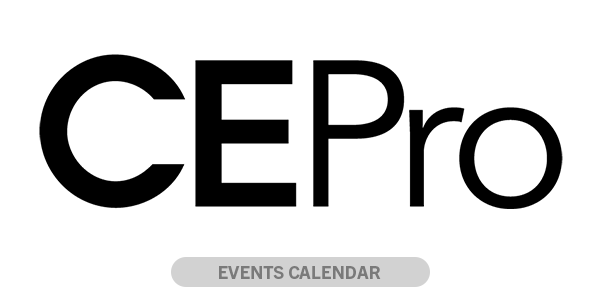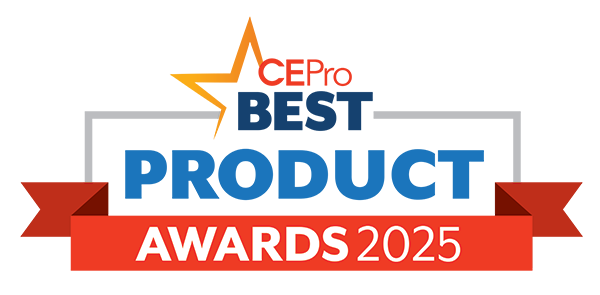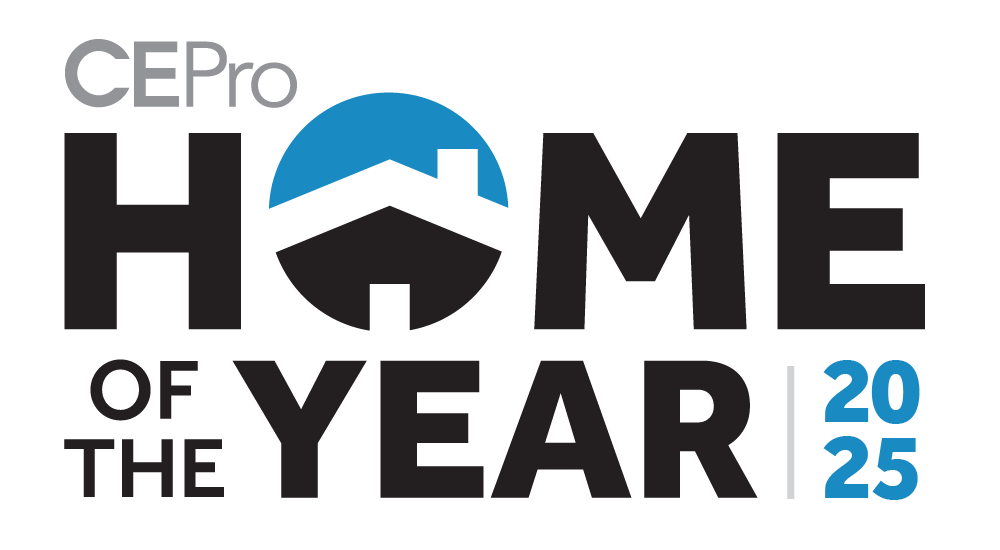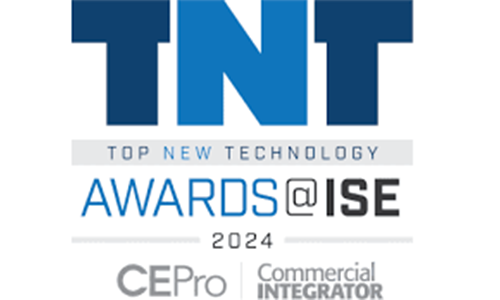Apple Inc. is planning to shift manufacturing options into Vietnam as the company eyes a stake in the smart home market while also seeking to lessen its dependence on Chinese manufacturing.
The Current State of Apple’s Manufacturing
When the Trump administration first implemented U.S. tariffs against China, roughly 90% of iPhone manufacturing occurred within the company. Broadly, China accounts for roughly 80% of Apple’s production capacity, with 55% of Mac assembly and 80% of iPad assembly also occurring within the country, according to Evercore ISI.
While Apple already produces a range of products in Vietnam — including select iPads, AirPods, Apple Watches, Macs, and older HomePods — this will mark the first time the company has chosen the country as the launch site for a completely new product category.
The China Flight in Manufacturing
As with many others in the consumer electronics industry, Apple’s move away from China reflects ongoing diversification efforts amid rising geopolitical tensions and trade uncertainties.
Since the announcement of the initial Chinese tariffs, which amounted to roughly 54% on all goods, the administration has threatened even steeper levies in response to China’s own trade threats with no signs of either side willing to back down soon.
Vietnam’s Growing Role in Consumer Electronics
Apple’s decision to shift to Vietnam isn’t even that unique when it comes to manufacturing consumer electronics. In the past couple of years, Vietnam has grown significantly as a manufacturing hub for electronics, with many in the custom integration space also shifting manufacturing to Vietnam amidst ongoing issues with China.
However, this move doesn’t provide the perfect shield for those looking to escape steep tariffs. At present reporting, despite Vietnam’s popularity as a new manufacturing hub for many, it is by no means a tariff-free haven. Following “Liberation Day,” the country faces a 46% tariff rate.
Apple and the Smart Home
Unlike its contemporaries, Apple has only ever cautiously approached the smart home market. Despite having its own offering in the form of the HomeKit ecosystem, Apple remains siloed, with outreach to professional channels from Apple itself being non-existent up to this point.
That all began to change in 2024, however, when leaks of a new smart home display started to circulate after Apple scrapped its plans to develop an EV, signaling a potential shift in business focus. Up until that point, the EV had been seen by many as Apple’s next big market breakthrough, akin to its development of the iPhone.
Since then, filings have revealed that not only has Apple been developing a new smart home control panel, but it has also been potentially developing a new smart home OS, as well as a program that would tap into the professional installation channel as distributors of its smart home systems.
At the Center of Apple’s New Line: The Smart Home Hub
As far as new devices are concerned, there are currently two major products in development with the latest expected to be released in 2027.
At the center of it’s new lineup of smart home products sits a 7-inch display-based hub which reports show is designed to serve as a central control point for entertainment, automation and communications in the smart home.
Apple reportedly completed the hardware design nearly a year ago, but the launch has been delayed to spring 2026 due to postponements in the rollout of its revamped Siri voice assistant and underlying AI framework.
The device is expected to come in two versions — a tabletop model resembling a screen-equipped HomePod mini, and a wall-mounted variant intended to function as a fixed control panel.
Both are expected to include a FaceTime camera and software capable of recognizing users as they approach, adapting the interface to individual preferences.
We also have a price now, with Apple targeting an MSRP of around $350, placing it above competing products such as Amazon’s Echo Show and Google’s Nest Hub.
Apple’s Other Smart Home Devices
Two other devices Apple plans to release are an indoor security (expected to launch by the end of 2026) and a tabletop robot (releasing around 2027).
The latter product, which evolved from technology developed during Apple’s now-shelved self-driving car project, will feature a motorized arm capable of repositioning its display around the home.
The company is also said to be exploring potential AI use cases that could make the robot more than a novelty device.
The BYD Connection
Interestingly, drawing another connection between Apple’s former venture into EVs, the company is reportedly partnering with Chinese electronics firm BYD Co. for final assembly, testing, and packaging of its new smart home lineup.
BYD, best known for its electric vehicles, has become an increasingly important part of Apple’s hardware supply chain, according to reports from Bloomberg, and will also expand iPad manufacturing in Vietnam as part of the initiative.
Apple’s Hurdles in the Smart Home Space
Despite these developments, there remains significant hurdles for Apple to overcome in the smart home space, especially if the company plans to work with the professional channel for installation.
This includes:
- Integrations: One of HomeKit’s biggest drawbacks has been how siloed it can be compared to competitors in both the professional and consumer markets.
- Pricing: At an expected $350 MSRP, the price of the hub falls well outside the realm of affordability for a mass-market product while also being well below the price point of what many professional installers are looking for with projects.
- Pro Resources: That last point could potentially be mitigated through the development of pro-channel resources, as currently, manufacturer resources and support serve as core business differentiators among dealers.
Where Apple is Making Headway
Despite the historically siloed nature of HomeKit, recent developments have seen major control brands like Control4 working with Apple directly to develop out-of-the-box integrations with HomeKit.
Other recent integrations with pro-channel mainstays include Somfy, Level Home and Crestron.
Additionally, there exists Savant, whose entire product stack has always operated on the iOS, making it another major professional control platform that is able to work with Apple products.
Apple’s Potential Strengths Over the Competition
Apple also has a few other edges in the smart home space, one of them being a current trend on the client side opting for more decentralized platforms.
If Apple can continue to diversify its platform to work with other major players in the space, it is likely that, given the brand loyalty behind its products, the company could begin to more easily coexist in larger ecosystems outside of the rare instances we have seen so far.
Additionally, Apple’s stance on privacy and data security could also be seen as main differentiators as homeowners have grown to prioritize cybersecurity and local data control when adding connected devices to the home. In fact, a major control platform in the pro channel, Josh.ai, has used this aspect of their software as a major differentiator when marketing the value of its system to clients.
If Apple can leverage its reputation for data privacy it could carve out a meaningful position in the smart home landscape. Additionally, while the company has lagged behind competitors like Google and Amazon in terms of its AI, the company is still relatively fresh to the party with regards to leveraging that AI in the smart home. Even in the professional space, AI-powered voice assistants remain few and far between, with Josh.ai and Nice representing the most robust offerings out of the entire channel.
Apple’s next-generation Siri — expected to debut before the hardware — will allow for more conversational queries and greater control of app-based actions, mirroring developments already seen from Google Assistant, Josh.ai and Nice.
Final Thoughts
With the move to Vietnam happening amidst the final ramp-up of production for its smart home products, rather than being a simple logistical change, Apple’s decision comes off more as a statement of intent when viewed with all that led up to this moment.
Apple’s original EV project had largely been viewed by experts as the company’s next big opportunity to create an iPhone-like product in a growing market of interest, but as the EV market has floundered somewhat from its once meteoric growth prediction, so too has Apple’s confidence in that market. The repurposing of technology from that project, however, lends more credence to the idea that the smart home, something that has grown to become a major lifestyle market in America, could be Apple’s next big area of focus in terms of product innovation.
Unlike the iPhone, however, which came out when smartphones were just beginning to take off, the smart home industry has been going strong for nearly a decade at this point, with there existing plenty of competition across a variety of submarkets from DIY to the ultra luxury. Value propositions nowadays are made through the level of interoperability, support and security a system has. Perhaps more importantly than all of that, however, is the seamlessness in which the system can be installed and used.
Here, AI is seen as a flashpoint, however, with many experts viewing the technology as finally being able to bridge the gap into truly intuitive home control that entered into the public zeitgeist through means of science fiction stories and TV dramatizations. In that regard, Apple remains very early to the party, but its early fumbles with its AI could cost it that position if the company doesn’t move quickly and assuredly.
For professional integrators, the development bears watching. Apple’s continued integration of smart home control, AI functionality and service-driven experiences may reshape consumer expectations for what a connected home should deliver, and with the brand loyalty the company often commands, a success within a lifestyle category such as the smart home could send ripples throughout the industry.







